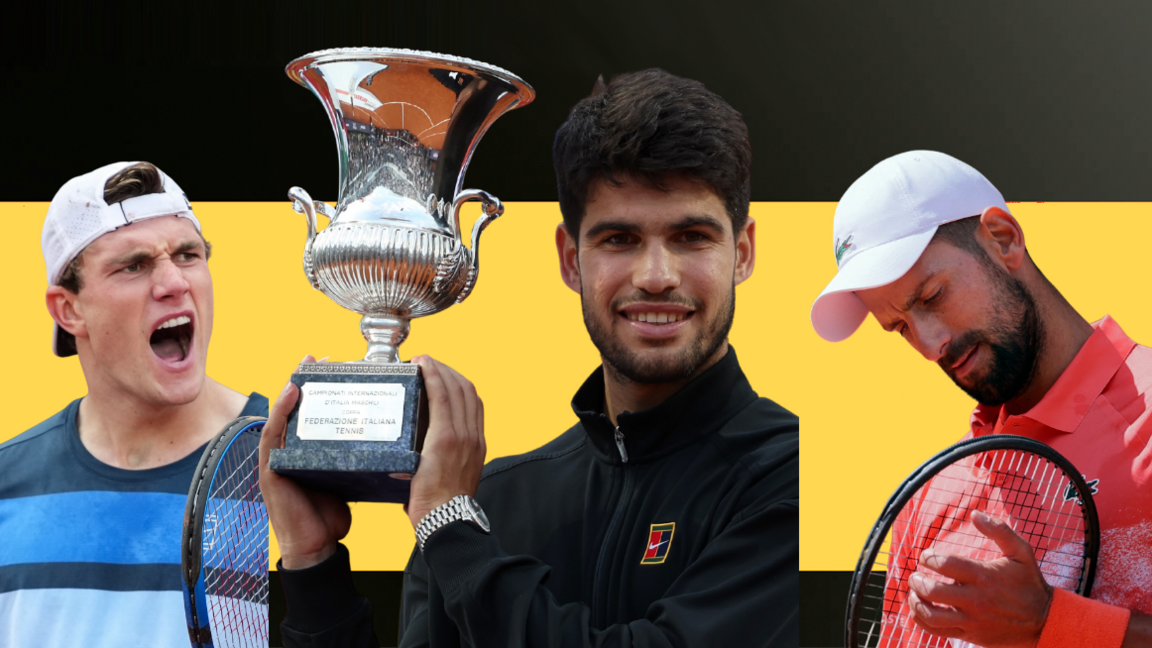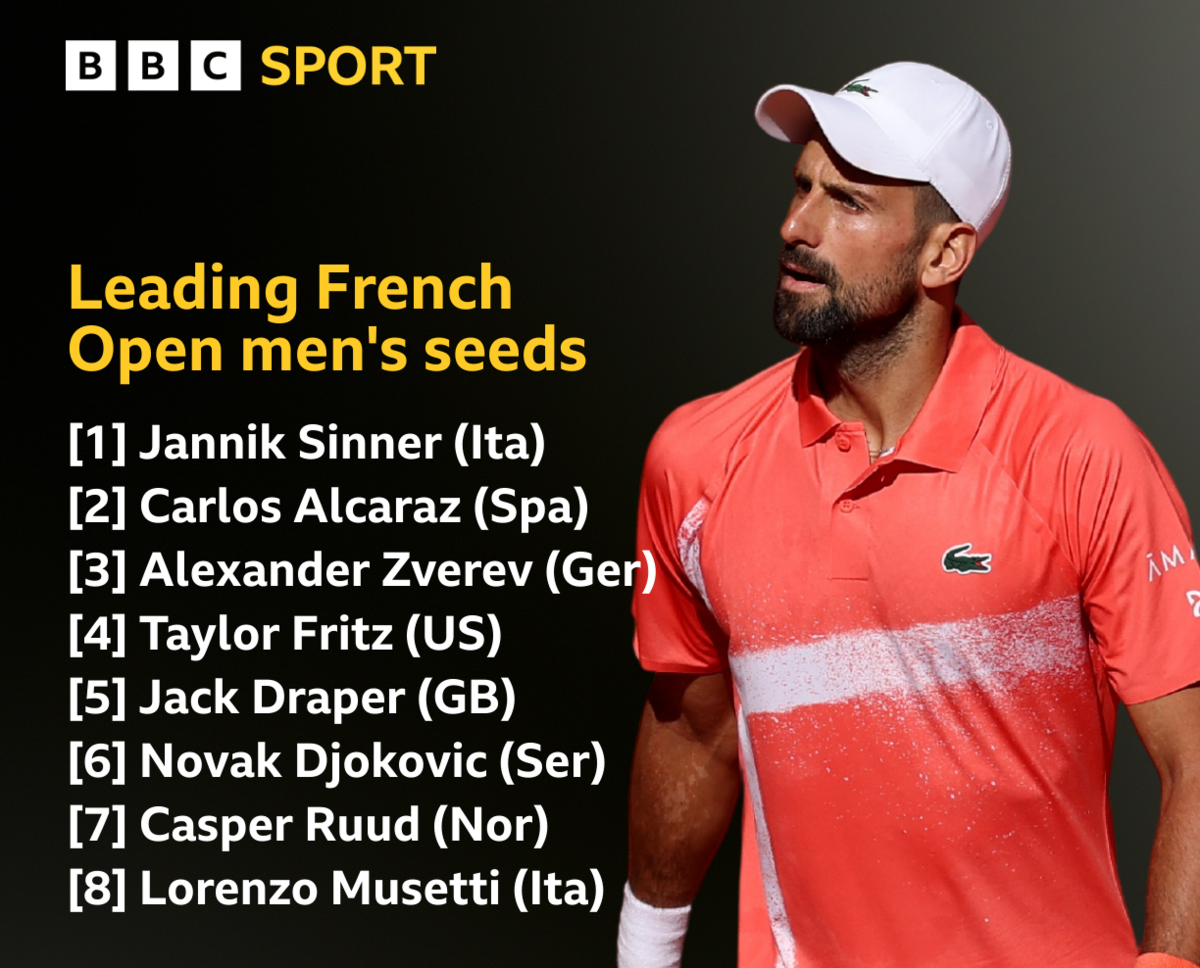For the first time in two decades, the French Open will unfold without Rafael Nadal in the draw. As a new era begins, the door opens for the next great clay-court champion to emerge at Roland Garros.

Life after Nadal: a new chapter begins
For years, the French Open was practically synonymous with one name: Rafael Nadal. The Spanish legend dominated Roland Garros like no other, lifting the Coupe des Mousquetaires an astonishing 14 times. But in 2025, for the first time since his debut in 2005, Nadal’s name is absent from the draw.
His retirement has left a vacuum that no single player can immediately fill, yet it has also created opportunity—an opening for a new “King of Clay” to rise. All eyes now turn to 22-year-old Carlos Alcaraz, Spain’s prodigy and the defending champion, who enters this year’s French Open as the slight favorite in a field teeming with talent.
Alcaraz, with his electrifying blend of aggression and finesse, has long been anointed as Nadal’s heir. With a 15-1 win-loss record on clay this season and a recent victory over world number one Jannik Sinner in the Italian Open final, the young Spaniard arrives in Paris brimming with confidence and clay-court sharpness.
Sinner’s shot at history
Standing in Alcaraz’s way is the other rising titan of men’s tennis: Jannik Sinner. The Italian world number one has arguably been the most consistent player in the past 18 months, and despite missing some of the clay season due to a doping suspension, his return has been emphatic.
Sinner dropped just one set en route to the Italian Open final, which included a clinical dismantling of clay-court expert Casper Ruud in the quarter-finals. Though he ultimately fell to Alcaraz in Rome, many expect their burgeoning rivalry to reach its latest—and perhaps most thrilling—chapter in the French Open final on 8 June.
Still, question marks remain. Will Sinner’s limited match play on clay catch up with him in the grueling best-of-five format? Or will his all-court precision and mental steel carry him past the wear and tear of two weeks at Roland Garros?

Can the old guard still contend?
Outside of the Alcaraz-Sinner narrative, there’s a familiar name refusing to fade away quietly: Novak Djokovic. The Serbian great, now 38, is chasing a historic 25th Grand Slam title that would stand alone in men’s tennis history. But his recent form has been patchy, raising doubts about whether he still has the fire and fitness to conquer seven clay-court matches in two weeks.
A late boost came in the form of a run to the Geneva Open final, perhaps restoring belief and rhythm just in time. Djokovic has lifted the French Open trophy three times before, and even at this stage of his career, no one would be surprised to see him in the latter rounds.
Germany’s Alexander Zverev, the third seed, also looms large. Last year’s runner-up has reached at least the semi-finals in each of the past four editions at Roland Garros. While his Grand Slam title drought remains intact, he’s shown increasing mental resilience and consistency on clay.
Then there’s Ruud, the Norwegian seventh seed, who has twice reached the French Open final—losing to Nadal in 2022 and Djokovic in 2023. His recent victory in Madrid, where he outlasted Jack Draper in the final, proves he’s still a serious contender on the dirt.
Rising stars and British hopes
Among the dark horses is Italy’s Lorenzo Musetti. Known for his flowing one-handed backhand and graceful court coverage, Musetti is an archetypal clay-courter who could cause problems for higher seeds if he finds his rhythm early.
From a British perspective, hopes are higher than in many recent years. Jack Draper, the nation’s number one, has signaled his clay-court credentials with a final appearance in Madrid and a quarter-final showing in Rome. His confidence and court craft could carry him deep into the draw—potentially reaching the fourth round of a major for the third straight time.
Joining Draper in the main draw are Cameron Norrie and debutant Jacob Fearnley. The 23-year-old Fearnley’s ascent has been meteoric: from U.S. college tennis to the top 60 in under a year. Despite limited clay-court experience, his 8-5 record on the surface this spring shows he can adapt quickly.
Norrie, a former top-10 player, has slid down the rankings but found some timely form with a semi-final run in Geneva. If his serve and forehand click, the gritty left-hander is capable of another second-week showing in Paris.
Doubles and wheelchair competitions: Britain’s depth on display
British representation isn’t limited to singles. In doubles, Henry Patten and Finnish partner Harri Heliovaara are targeting a third Grand Slam title in 12 months, having already triumphed at Wimbledon and the Australian Open. Meanwhile, all-British duos Julian Cash and Lloyd Glasspool, and Joe Salisbury and Neal Skupski, bolster a strong UK presence in the doubles draw.
Jamie Murray teams up with American veteran Rajeev Ram in yet another experienced pairing with deep-draw potential. And in the wheelchair division, Britain continues to lead: Alfie Hewett and Gordon Reid return as title favorites in both singles and doubles, while Andy Lapthorne competes in the quad singles.
The clay crown is up for grabs
As the post-Nadal era officially begins, Roland Garros 2025 represents not just a Grand Slam tournament, but a turning point in men’s tennis. The symbolism of Nadal’s absence is impossible to ignore, yet his legacy casts a shadow that inspires rather than intimidates.
Carlos Alcaraz and Jannik Sinner appear ready to write their own chapters in the Paris history books. But with seasoned champions like Djokovic, emerging forces like Zverev and Ruud, and a fresh crop of British talent, this year’s French Open promises to be more than a coronation—it could be a war of attrition, artistry, and ambition on the red clay.




